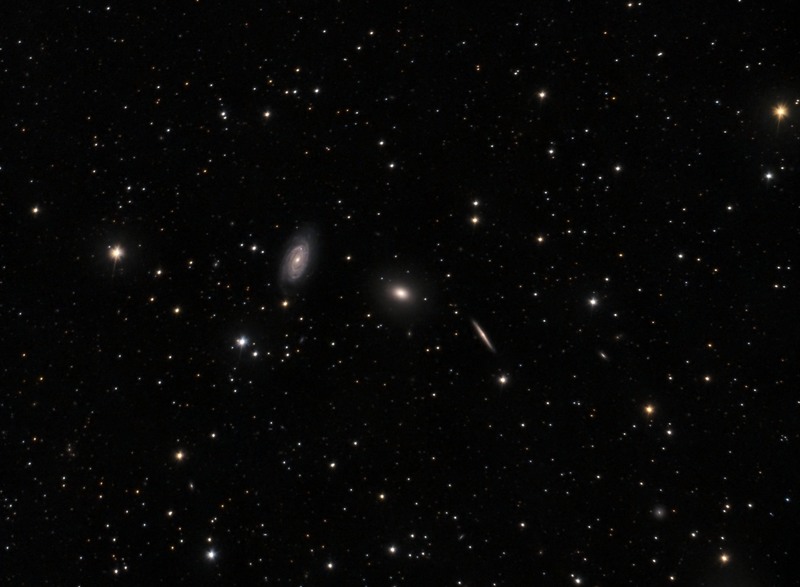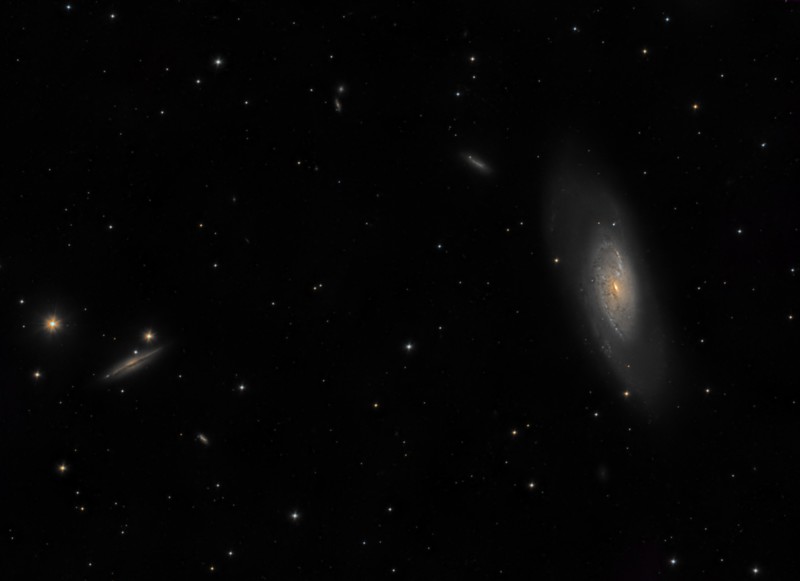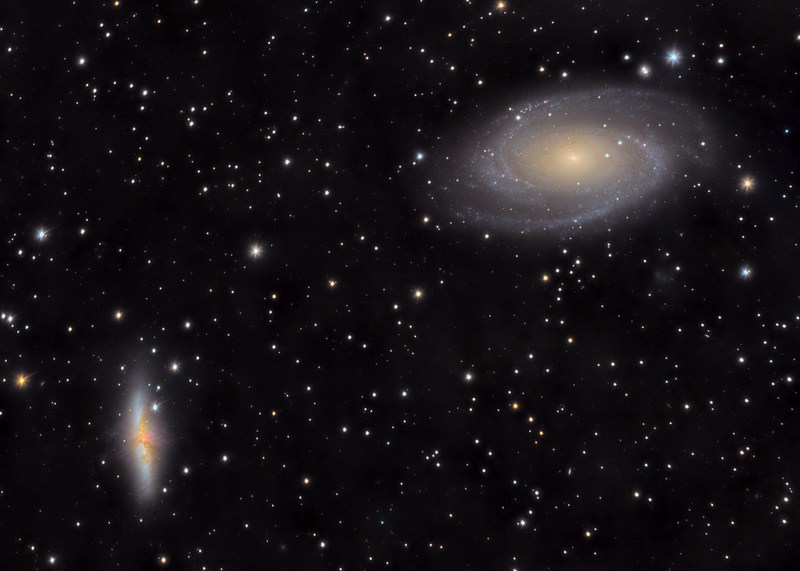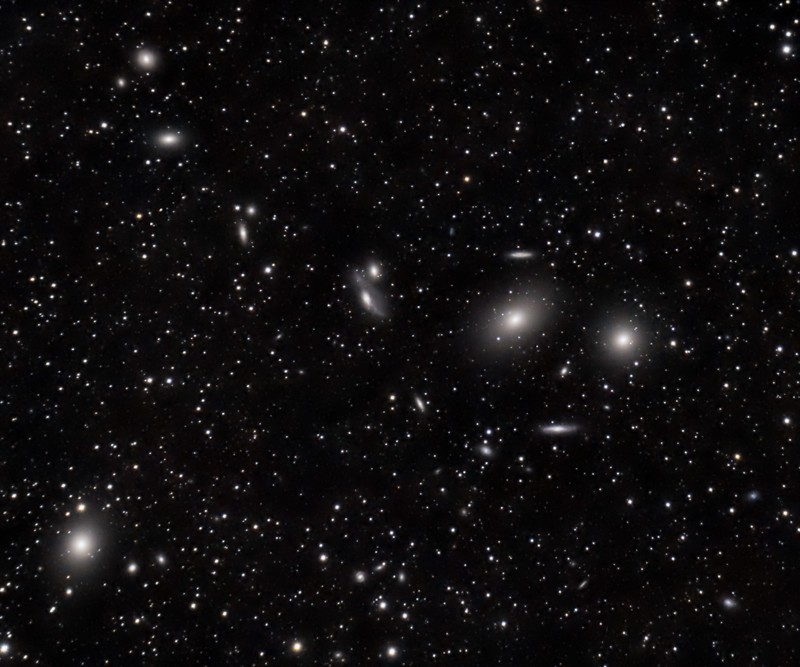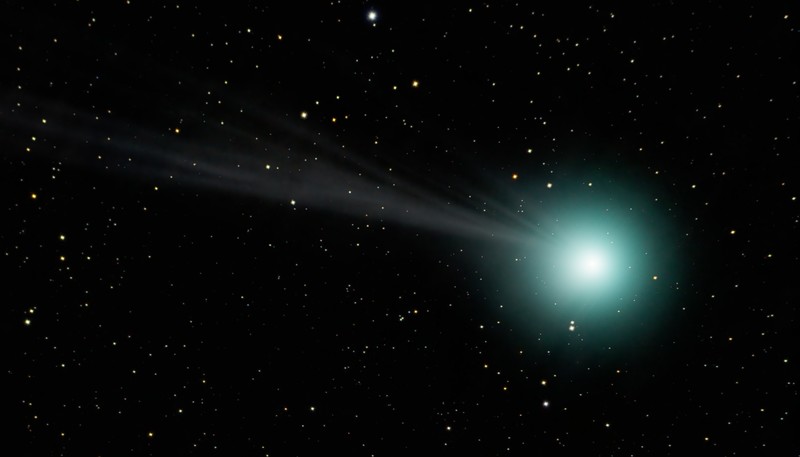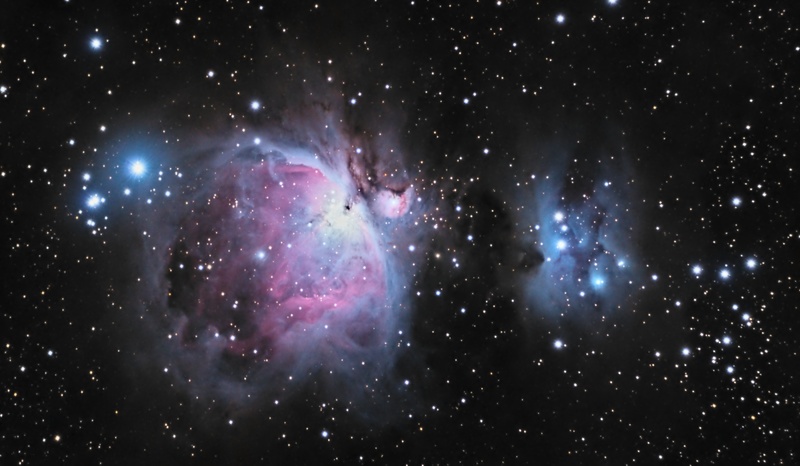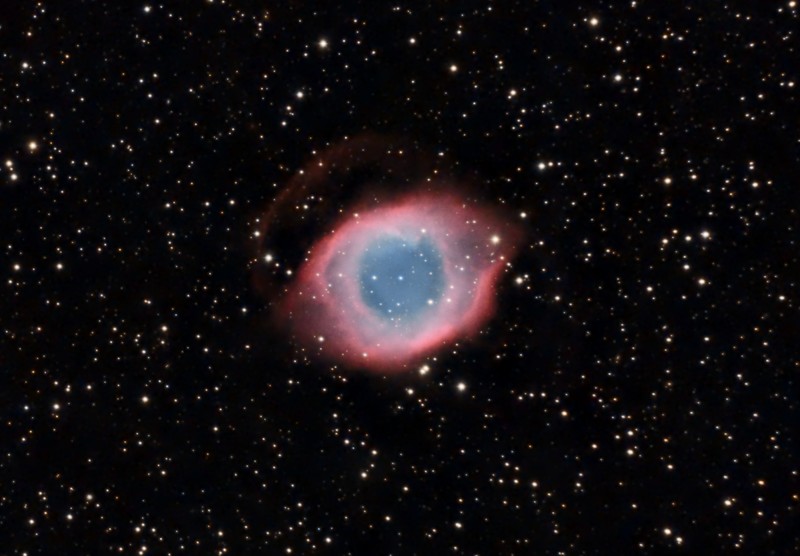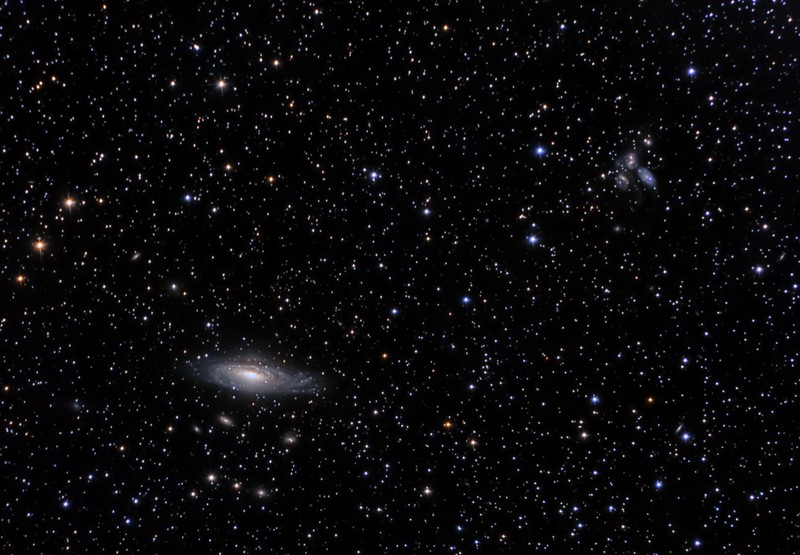Eagle Nebula
Description
"The Eagle Nebula (catalogued as Messier 16 or M16, and as NGC 6611, and also known as the Star Queen Nebula and The Spire) is a young open cluster of stars in the constellation Serpens, discovered by Jean-Philippe de Cheseaux in 1745-46. Both the ""Eagle"" and the ""Star Queen"" refer to visual impressions of the dark silhoutte near the center of the nebula, an area made famous as the ""Pillars of Creation"" photographed by the Hubble Space Telescope. The nebula contains several active star-forming gas and dust regions, including the Pillars of Creation."
Equipment and processing
Telescope: Orion 8 inch F5
Mount: Orion Atlas
Camera: ST 8300M
Filters: Baader Ha,SII,OIII 7nm
Guiding: PHD
Processing: PixInsight
Capture software: Maxim
Exposures: Ha: bin1 53x600 OIII: bin2 21x600 SII: bin2 19x600
Location: Parsippany,NJ

